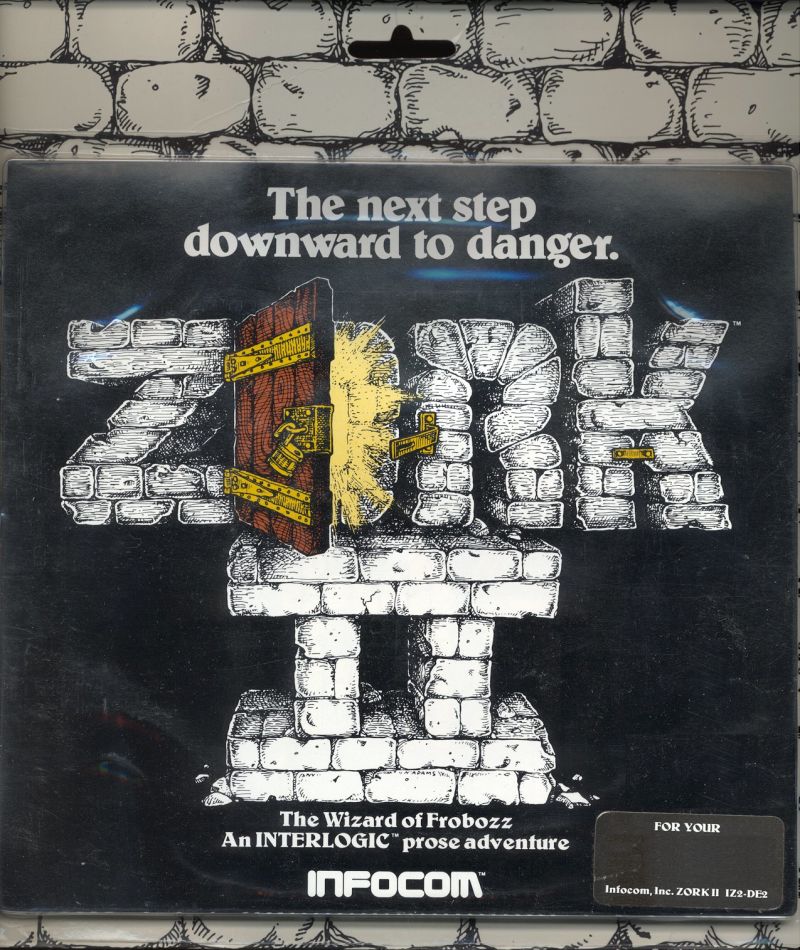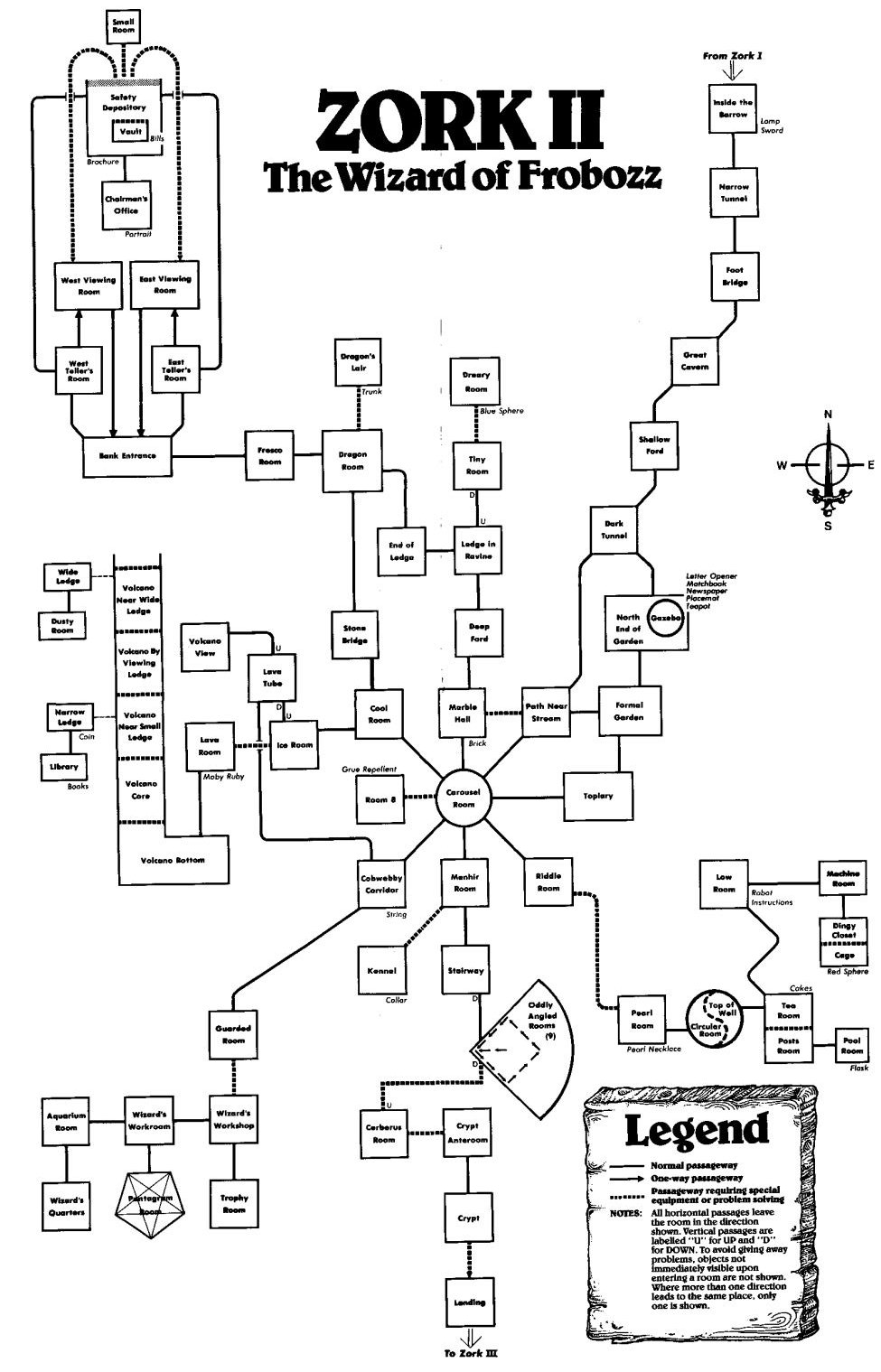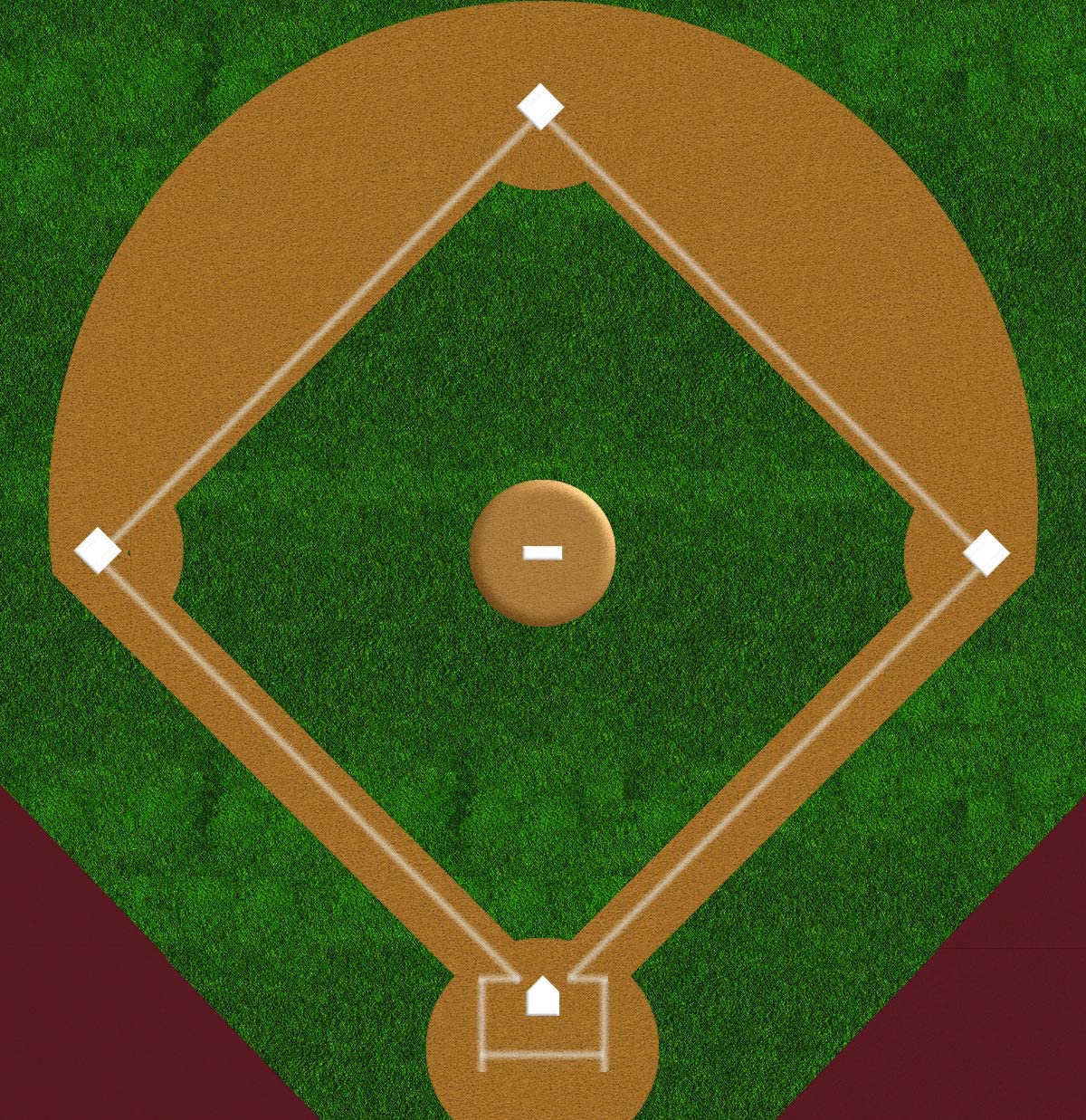IFDB page: Moonmist
[This review contains many major spoilers for Moonmist. Also, I wrote an introduction to these Infocom >RESTART reviews, for those who want some context.]
The day arrived at last when Dante and I had played all the Infocom Zork (and Zork-esque) games, a list that numbered nine. When we set off down this path, I had decided to tack on one more game to put our agenda at an even ten items, and the game I picked was Moonmist. This was a bit random, but it was one of the Infocom games I’d never finished myself, and I’d stumbled across mention of it as one of the earliest video games to include a gay character. Since Dante is genderqueer and an LGBTQ+ activist, this piqued my interest enough to make it our tenth foray.
>SEARCH FOR GAY CHARACTER
Let’s address the gay character thing first — it won’t take long because there isn’t much to see. Her name is Vivien Pentreath, a bohemian artist whom the game describes as “a tall, tawny-haired woman of vintage beauty and uncertain age” who speaks in “an attractively low voice”. We don’t get to learn much about Vivien, as the game is quite spare in its descriptions of nearly everyone and everything, and in fact in two separate playthroughs Dante and I learned virtually nothing more about her than what I just listed. We got to the end of Moonmist and thought, “Where was the gay character?”
Well, it turns out that Moonmist is actually several games in one. At the very beginning, the game innocuously asks you your name and your favorite color. We said red for the color, and our interlocutor brightly replied, “Jolly good! The spare bedroom is decorated in red!” Just a bit of personalization, we thought. But craftily enough, that one choice in fact dictated numerous things about the plot of our playthrough — the identity of the murderer, the nature of the hidden treasure, the location and contents of clues for us to find, and so forth. Dante and I played through the red and yellow variants of Moonmist, and for the reasons I’ll talk about below, weren’t interested enough to keep going with the other versions.
That meant that we didn’t get to explore the blue plotline, which heavily implies that Vivien was in love with a woman named Deirdre, who in every plotline seems to have been the victim of a mysterious death. In Moonmist blue, Deirdre’s death was a suicide and Vivien pretends to be her ghost in order to get revenge on the character Lord Jack Tresyllian, Deirdre’s lover at the time of her death. Now this was 1986, so Vivien’s queerness was pretty deeply submerged, especially since this was an introductory level Infocom game, and therefore aimed at least partially at children. But it’s fair enough to call her a gay character, in the blue playthrough anyway. In the games we played, she was pretty much just wallpaper.
>SMILE
Also, like many of the characters in this game, she is tall. Lord Jack is tall. Montague Hyde is tall — his description calls him “a tall, foppish art and antiques dealer”, and he and Vivien together are a “tall graceful older couple,” which certainly puts a coat of heteronormative paint on her at the very least. Then there’s Lt. Ian Fordyce, “a tall blond.” His girlfriend is Iris Vane, about whom the game says, “Her height and figure would make her a perfect high-fashion model.” So, I’m guessing… tall?
All that would be amusing enough, but there’s one more character, the PC’s close friend Tamara Lynd, whose engagement to Jack, sightings of a ghostly “White Lady”, and recent survival of a murder attempt drive the plot. Here’s what the game says when Tamara appears:
Someone comes running out of the wing to greet you. She’s a beautiful red-haired young woman of average height. You recognize her as your friend, Tamara Lynd.
Poor Tamara — she must feel dwarfed in such company. Well, at least she can commiserate with the butler, Bolitho, “a short white-haired gentle man.” Do the characters’ heights figure into the mystery? No they do not. Well, at least not in the red and yellow versions. Authors Stu Galley and Jim Lawrence are just oddly obsessed with making sure we know how tall (or not) everyone is.
That opening scene also gave us the most bananas Infocom bug I’ve ever seen, even weirder than Zork II‘s mysterious blast of air. After being greeted by Tamara, we moseyed into the foyer with her, and tried this:
>ask tamara about white
[Which white do you mean, Bolitho or the White Lady?]
>bolitho
[Which vyou're drvrtlike lek omeuohl was about gdkglm imyxl do you mean,
Bolitho or the White Lady?]
Uh, say what? All I can think is that some kind of funky text compression must have been happening inside that cramped z-machine, and an unexpected disambiguation scenario made it barf out some gibberish we were never supposed to see. It was hilarious.
Also good for comedy: the game’s use of the PC’s name. While our selection of favorite color changed vast elements of the plot, our selection of name mainly just let every character address us by first name. This wouldn’t usually be so funny, except for the fact that, inspired by all the Zorks we’d finished, Dante chose the name “Lord Dimwit Flathead.” So, for example, after Tamara rushed out to see us, the game says:
“Dimwit!” she cries with outflung arms.
Other amusing moments:
>ask tamara about white lady
"I've told you all I know in my letter, Dimwit."
>ask jack about punchbowl
"You know as much as I do, Dimwit."
[Congratulations, Lord Dimwit! You've won the game!]
More unintentional comedy sprang from some uses of the game’s default object description, “You look over the [object] for a minute and find nothing suspicious — for now.” Fair enough — it gets the air of melodramatic mystery across. However, sometimes Galley and Lawrence apply it a bit too broadly:
>x sea
You look over the ocean for a minute and find nothing suspicious -- for now.
I’m watching you… OCEAN.
>SEARCH FOR DESCRIPTIONS
When it isn’t provoking inadvertent laughs, Moonmist often generates quite a lot of frustration due to its shallow implementation. For one thing, the game makes the very odd choice of frequently eliminating room descriptions, providing them instead in its feelies. Infocom was always trying to come up with new angles on copy protection, to somehow make the game dependent on its printed matter. Often this works out to entering some kind of code, as in Sorcerer‘s infotater or The Lurking Horror‘s ID card. Sometimes games hide key information amongst a bunch of fun fluff, as in Zork Zero‘s Flathead calendar or Beyond Zork‘s “Lore and Legends of Quendor” handbook.
Moonmist, I’m sorry to say, takes this whole notion a step too far. The feelies include a tourist brochure of the castle that describes each room, but the game decides that since you’ve got those descriptions in hand, it doesn’t need to provide them. Sure, this accomplishes the usual necessity of providing key mystery-solving information in the feelies only, but it’s also incredibly disruptive to immersion. The overall effect is of wandering around a mostly blank landscape, and having to flip back and forth between the game and a document to get a sense of what’s there. Not only that, the game fails to implement many of the objects listed in the brochure’s descriptions, breaking mimesis even further.
Even when it’s not leaning on its feelies, Moonmist doles out its text quite parsimoniously, especially when it comes to conversation. All those tall NPCs rarely deign to divulge much, providing stock “dunno” responses to most queries, and generally remaining rather terse even on subjects they’ll respond about. (Though, the fact that they kept calling us “Dimwit” lightened the annoyance a bit.)
Objects, too, tend to be rendered with sparse brushstrokes. Most of them lack descriptions at all. They just don’t yield anything suspicious — for now. Generally, when an object doesn’t provide that default description, it’s because that object somehow matters to the plot, or rather a plot. Quite often we would find empty hiding places for things, because we weren’t in a plot branch that used the hiding place. For example, observe the difference between these mounted animal trophy heads in the game room (which, as Dante pointed out, has multiple senses of the word “game”):
>x buffalo
You look over the stuffed buffalo head for a minute and find nothing suspicious -- for now.
>x rhino
You can see nothing special inside it.
You can bet that there is something special inside the rhino’s head in some other favorite color’s plot configuration, because otherwise Moonmist would not have bothered with implementing that object as a container. This kind of thing makes for a number of moments which feel like they should be interesting discoveries, but instead land completely flat.
>LOOK THROUGH GAME
“Flat” was the adjective that kept coming to us as we explored the game. Even when something dramatic is supposed to happen to enhance the plot, Moonmist tends to handle it with a small non-interactive infodump. For example, discovery of the ghost in the red plotline happens when the PC spends a moment in a certain outdoor location. Here’s how it went for us:
>nw
(You open the door and close it again.)
(You are on the path.)
This is an area behind shrubbery by a steep cliff overlooking the sea. In the dim light, you can barely see a path leading north along the cliff. A priest hole and a lever are on the outer wall.
>turn on lantern
Okay, it is now on.
>n
You start to follow the path, but it's too tricky in the dim light, so you turn back.
Out of the dark comes a figure with long blonde hair, dressed all in silvery white and glowing with an almost unearthly light. The ghost approaches you, her cold eyes shining. In a moment, she sees you and freezes.
>ask ghost about deirdre
She says, "Please don't speak, just listen! I'm really Deirdre, and I'm alive. Jack tried to murder me, and I think he murdered Lionel! He pushed me down the well, but an underground stream carried me quickly to sea, where I was rescued by a yacht.
I have come back to Tresyllian Castle in disguise -- both to frighten him and to find some proof of Lionel's murder. And to incriminate Lord Jack for my own 'murder' by planting the tiny red jewel from my necklace in the clothes he wore that night -- but then I lost it in the drawing room."
She goes on, "But now that you're on the case, I can leave the country with the yacht captain. Find proof of Lionel's murder, and we both can rest easily!" She races off down the path.
(Congratulations, Lord Dimwit! You've identified the ghost!)
Plop. That “don’t speak, just listen” told us that it didn’t really matter what we said to Deirdre — as long as we addressed her in any way at all, everything was going to come spilling out. It’s pretty easy to be a detective when the victim runs up to you and gives you the solution to the crime. We identified the ghost, I guess, but we felt pretty flat afterwards.
In fact, some of the game’s mystery infrastructure felt like it had never been filled out at all, so instead of finding clues we found placeholders labeled “clue”. Really:
>look under punchbowl
You find the first clue underneath, so you take it.
“The first clue”? Not something like “a neatly folded piece of parchment paper”, just… “the first clue”. At moments like this, Moonmist really feels more like a board game than an interactive fiction. Rather than trying to immerse the player in a fictional world and an unspooling story, the game lays its mechanics completely bare and marks them as mechanics, just to make sure we know where we are in its structure.
That’s pretty much how it went for our whole traversal of the red plotline — squinting to uncover rare descriptions, interspersed with occasional anticlimaxes as the game popped up plot fragments like targets in a pinball machine. We got to the end and said, “Okay then!” Out of curiosity, we then decided to play through the yellow variation, only to run across one of those puzzles whose solution is so unintuitive we would never have come up with it sans InvisiClues. After that, we both felt done with the game, uninspired to plod through the other two branches.
I suspect that the version 3 z-machine bears some of the blame for Moonmist‘s shortcomings. Stuffing even one full mystery plot into that 128K is a pretty tall order — 4 is just too many for such a small format. Still, the idea of a mystery that can go a bunch of different directions when you replay it is a fundamentally cool idea, even though the authors and the technology really couldn’t support it in a way that felt satisfying. Give Moonmist credit for stretching, even if its reach ultimately exceeded its grasp.
Also to Moonmist‘s credit: the general concept of a kooky old house with tons of embedded secrets is a great IF setting, and this game did it before it was a chestnut. Hollywood Hijinx is cut from the same cloth, and released almost the same time. Plenty of other games have followed suit, but Moonmist was a pioneer.
Maybe this game was just ahead of its time, simply a more expansive and ambitious attempt than the state of the art could maintain. It didn’t land very well with us, but a more updated version might. I wonder if Rian Johnson would ever be open to an IF Knives Out game? With the proper writer attached, I’d play that in a heartbeat.





